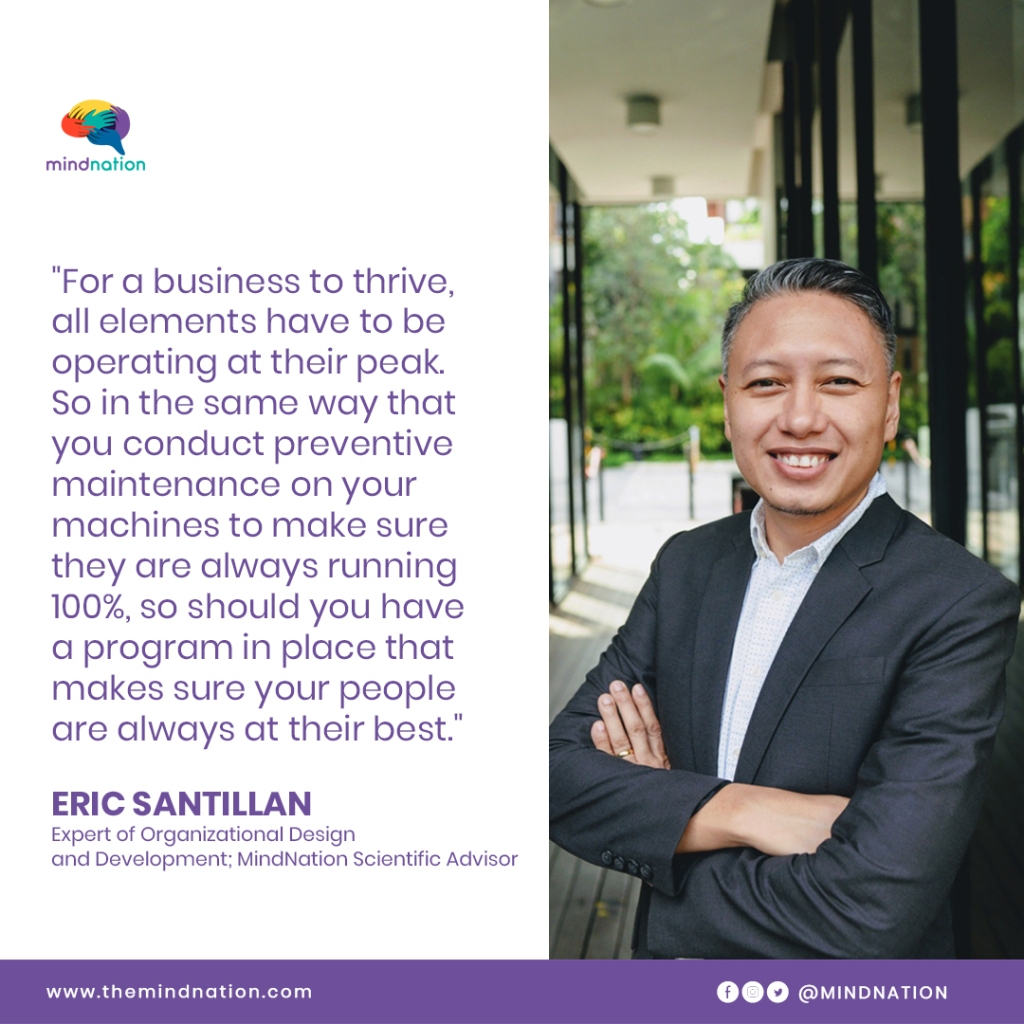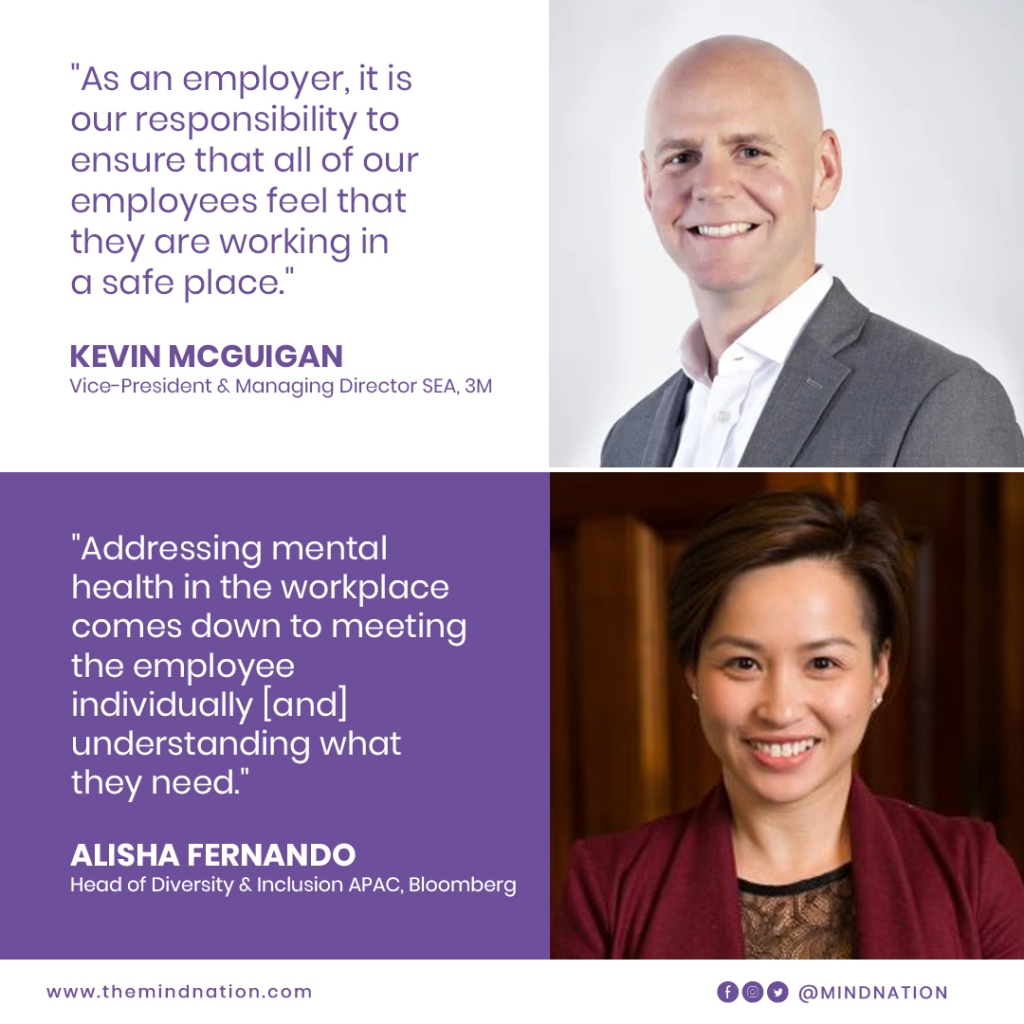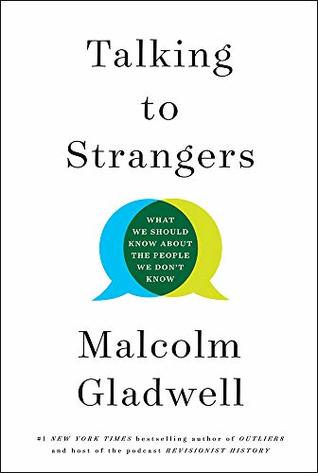Congratulations! You’ve finally found a therapist that you feel safe and comfortable with, and you’ve come out of your first teletherapy session feeling supported and empowered. Now comes the challenging part — staying the course on your journey to better mental health.
According to MindNation Operations Head Jen Alonte, it’s important to return for follow-up therapy sessions so that your psychologist or WellBeing Coach can check on your progress. “Most mental health concerns are caused by long periods of unresolved problems or issues that cannot be ‘cured’ in just one session, especially if the concern is something serious like depression or anxiety,” she says. “And even if you ‘feel better’ after just one session, it does not hurt to have follow-up sessions to solidify whatever therapy was introduced in case a trigger occurs.”
“Most mental health concerns are caused by long periods of unresolved problems or issues that cannot be ‘cured’ in just one session,”
Jen Alonte, MindNation Operations Head
That being said, continuously showing up for therapy is a fairly major commitment in terms of time, emotional space, and finances. This is why it’s important that you put in the time, energy, and effort into every session so that you do not waste valuable resources — both yours and your therapist’s. Jen shares some tips for ensuring that no money, time, or energies are wasted:
- Eliminate distractions. Keep your cellphone on silent, and make sure you are doing your teletherapy session somewhere calm and quiet. “Make sure there are no other people around who will vie for your attention,” Jen says. Lastly, don’t schedule your session right before or after a meeting so that your mind is not filled with distracting thoughts.
- Come prepared. “A day before your session, think about what you want to discuss with the therapist and write them down so that you don’t miss anything,” Jen suggests. Also, don’t forget to check if your Internet connection is stable and that your device’s camera and microphone are working so that you do not run into technical problems in the middle of the session.
- Be seen. Even though MindNation teletherapy sessions are also available through voice chat or sms chat, the best set-up would still be one where the therapist sees your face. “This is because psychologists can learn a lot from facial expressions and other non-verbal cues,” Jen explains.
- Be open. No need to be afraid or shy; psychologists, psychiatrists, and WellBeing Coaches are trained professionals whose job is to listen without bias or judgement and offer the best kind of support. “Our psychologists mostly use Cognitive Behavioral Therapy as a form of treatment, so what you say will help them determine the right course of treatment for you,” Jen explains. “So if you hold back, the advice that they will give will also be limited.”
- Give feedback after the session. MindNation Care Coordinators send feedback forms to clients after they complete a session. “Be sure to fill in the form honestly. This is because by default, we will always assign you to the same therapist for follow-up sessions since they already know your background. But if you are not comfortable with the therapist for whatever reason, let us know right away so that we can assign you to someone else,” Jen assures.

Getting the most out of therapy might be challenging at times, but if you are committed to taking care of your mental health and participate in therapy sessions properly, you can help yourself achieve better mind, better you.
MindNation psychologists and WellBeing Coaches are available 24/7 for teletherapy sessions via video call, voice call, or sms chat. Rest assured that all conversations will be kept secure and confidential. Book a session now through Facebook Messenger https://bit.ly/mn-chat or email [email protected].



























